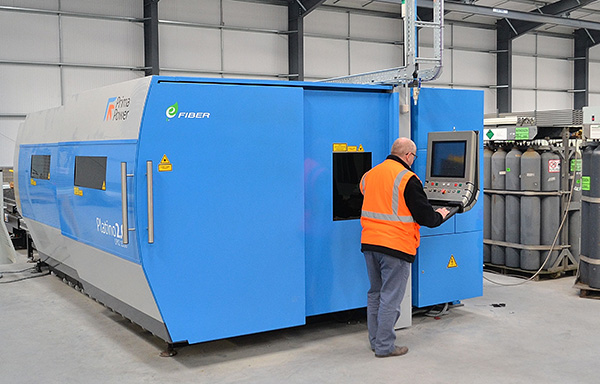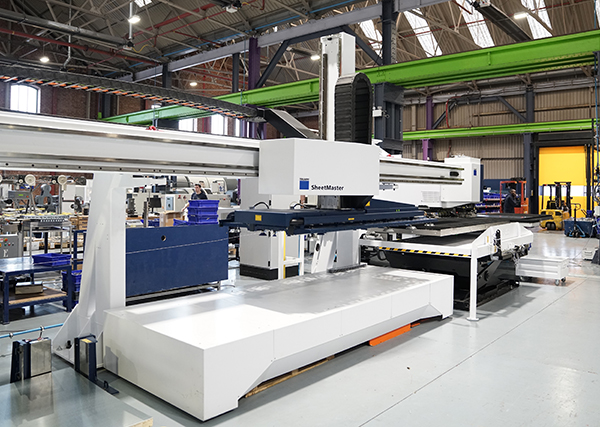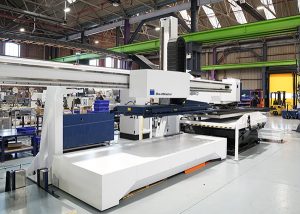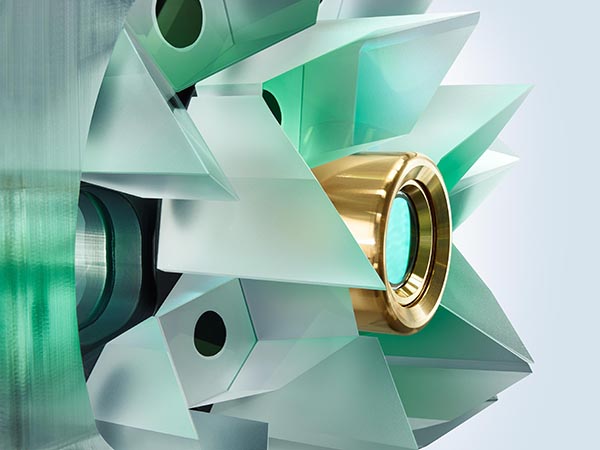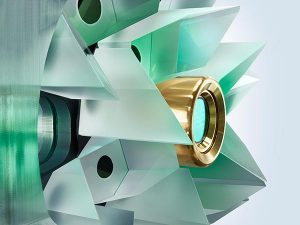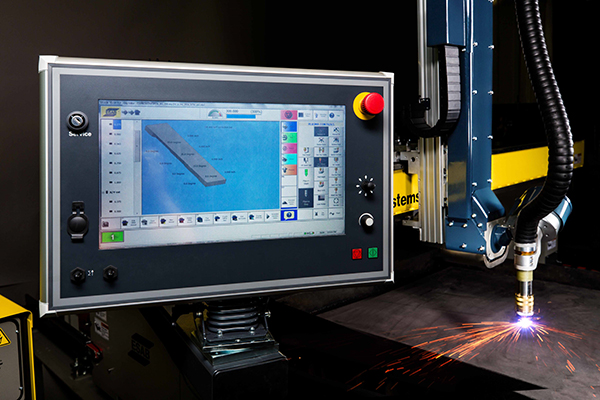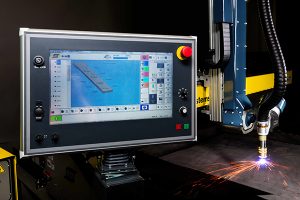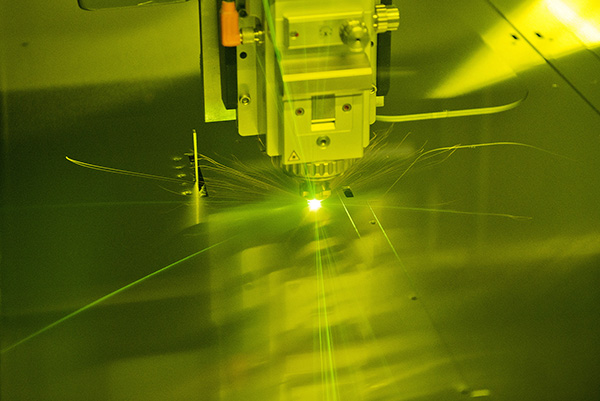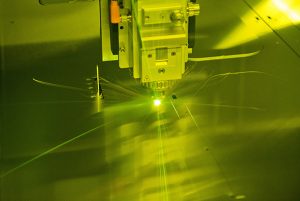Goole-based Elite Office Furniture has invested in a 2D Platino Fiber Evo, laser-cutting machine from Prima Power UK.
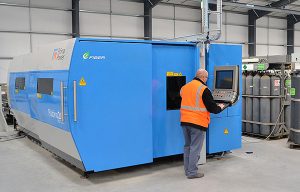
“Our policy of making continuous investments in the latest production machinery has allowed us to produce 90% of all of our required components in-house,” says production director Rob Clarke. “This high level of autonomy allows great flexibility and helps us to provide the best possible standards of product quality and service.
“Having considered the laser-cutting machines from several leading manufacturers, we decided that the Prima Power 2D Platino Fiber Evo was the ideal model for our needs,” he adds. “A demonstration proved that the machine was easy to program, simple to operate and straightforward to integrate into our production system. We were satisfied that the Prima Power 2D Platino Fiber Evo was capable of producing high volumes of premium-quality laser-cut parts. It also helped that the Prima Power 2D Platino Fiber Evo met our environmental standards as it has very low power consumption needs and minimal consumable requirements.”
The 2D Platino Fiber Evo is provided with a series of optional suites, each dedicated to different production needs. For instance, Smart Cut, allows the rapid cutting of thin sheets of up to 5 mm and delivers reductions in cycle times of up to 30%, says Prima Power. For the fast laser cutting of medium-to-high thickness sheets, Max Cut, enables reductions in processing times up to 40%, while Night Cut, intended for use in intensive production situations, provides higher piercing and cutting process safety.
For further information www.primapower.com






